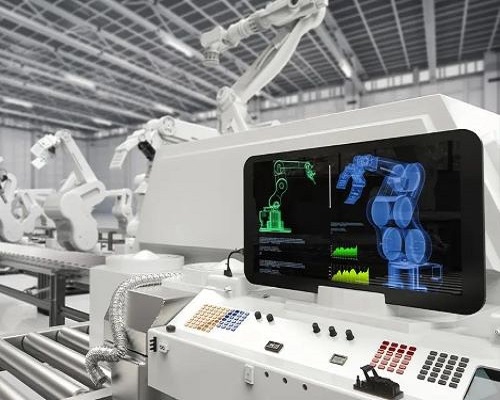Choosing the right touch sensor can significantly impact the performance and user experience of your device. Whether you’re designing a new product or upgrading an existing one, here’s a detailed guide from Singway to help you select the best touch sensor for your needs.The data shows that, touch panel Its development potential should not be underestimated, and it is also the inevitability of its existence. https://singway-touch.com/
touch sensor
1. Understand Touch Sensor Types
There are several types of touch sensors, each with unique characteristics:
Capacitive Touch Sensors: These sensors detect changes in capacitance caused by the touch of a finger. They are highly responsive and commonly used in smartphones and tablets. They offer excellent durability and can support multi-touch functionality.
Resistive Touch Sensors: These sensors consist of two conductive layers separated by a small gap. When pressure is applied, the layers touch each other, registering the input. They are versatile and work with any stylus or object, making them suitable for environments where users might wear gloves.
Infrared Touch Sensors: These use infrared light beams to detect touch. They are highly accurate and work in various lighting conditions. Infrared sensors are ideal for large displays or kiosks.
Surface Acoustic Wave (SAW) Sensors: These sensors use ultrasonic waves to detect touch. They provide high clarity and sensitivity, making them ideal for applications where image quality is crucial, like in high-resolution touch screens.
2. Consider Your Application
The choice of touch sensor depends heavily on your application:
Consumer Electronics: For devices like smartphones and tablets, capacitive sensors are often preferred due to their sensitivity and multi-touch capabilities.
Industrial Applications: In rugged environments, resistive sensors might be more suitable due to their durability and ability to work with various input devices.
Large Displays: For interactive kiosks or large touch screens, infrared and SAW sensors offer high accuracy and responsiveness.
3. Evaluate Sensor Size and Resolution
The size and resolution of the touch sensor should match your application¨s requirements:
Screen Size: Ensure the sensor can cover the entire screen area. Larger screens may require sensors with specific characteristics to maintain performance and accuracy.
Resolution: Higher resolution sensors offer more precise touch detection. This is crucial for applications requiring fine touch input, such as graphic design or detailed data entry.
4. Assess Environmental Factors
Consider the environmental conditions where the sensor will be used:
Temperature and Humidity: Ensure the sensor can operate effectively in the temperature and humidity ranges of your application environment. Some sensors are designed for extreme conditions and offer better performance in challenging environments.
Exposure to Contaminants: In environments where dust, liquids, or other contaminants are present, choose sensors with protective coatings or designs that prevent these issues from affecting performance.
5. Multi-Touch and Gestures
If your application requires advanced user interactions:
Multi-Touch Capability: Capacitive and SAW sensors are excellent for multi-touch applications, allowing for complex gestures and simultaneous inputs.
Gesture Recognition: Some touch sensors support gesture recognition, enabling users to perform specific actions with swipes, pinches, and other gestures.
6. Power Consumption
Consider the power requirements of the touch sensor:
Low Power Consumption: For battery-powered devices, choose sensors that consume minimal power to extend battery life without compromising performance.
7. Cost vs. Performance
Balancing cost and performance is crucial:
Budget Constraints: While high-end sensors offer superior performance, there are often cost-effective options that still meet the necessary requirements. Evaluate the performance-to-cost ratio to find a suitable sensor within your budget.